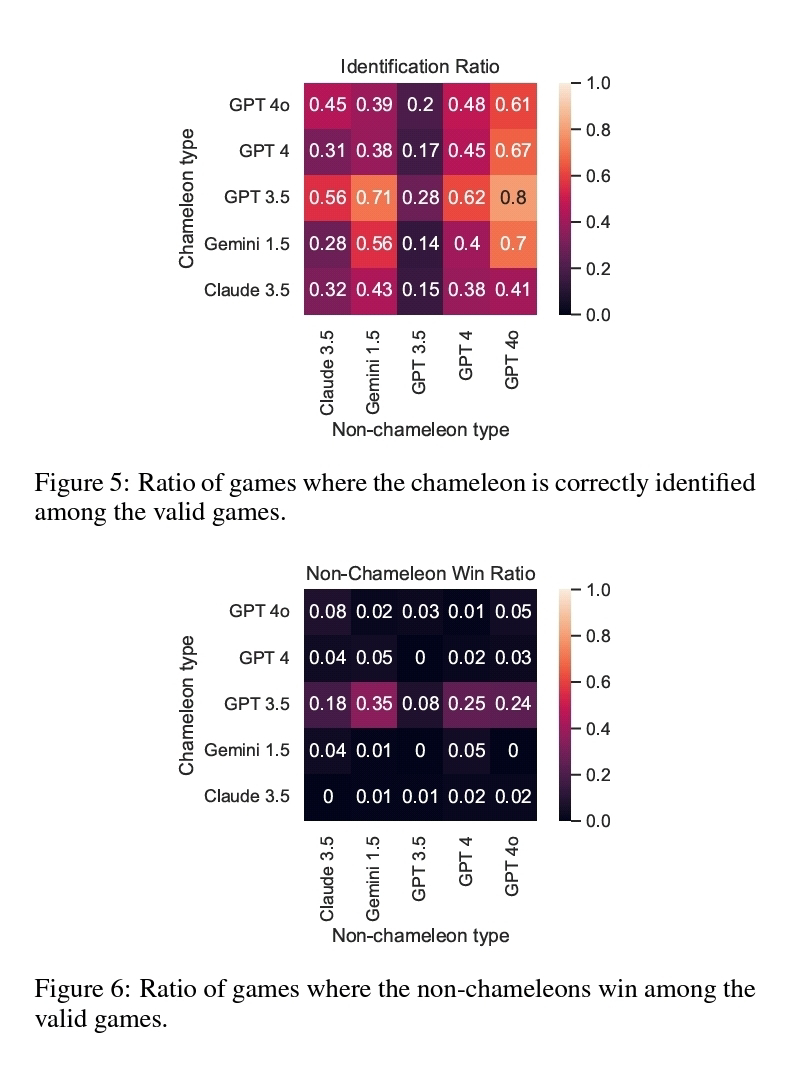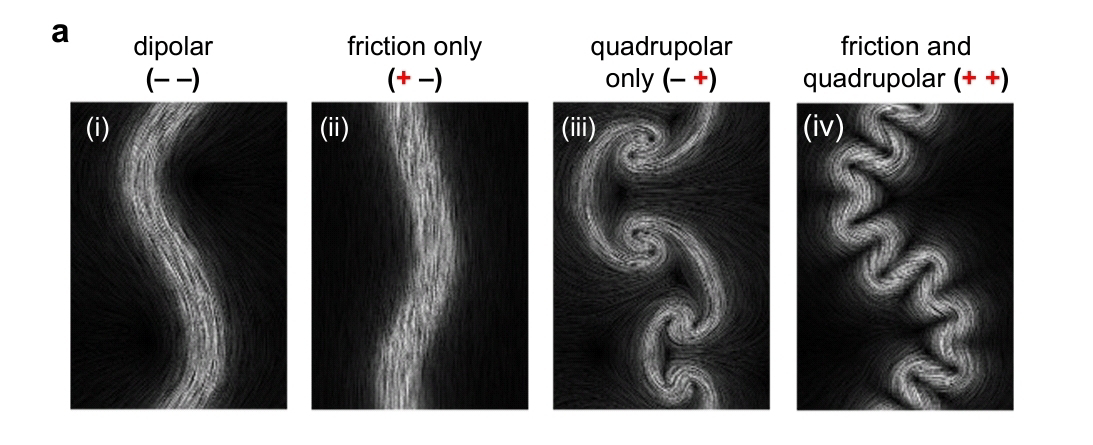<< The phenomenon of Anderson localization, occurring in a disordered medium, significantly influences the dynamics of quantum particles. A fascinating manifestation of this is the “quantum boomerang effect” (QBE), observed when a quantum particle, propelled with a finite initial velocity, reverses its average trajectory, eventually halting at its starting point. >>
AA << uncover evidence of a similar effect in classical systems, characterized by the absence of typical diffusion processes. (Their) investigation encompasses both simplified probabilistic models and more complex phenomenological models that link classical with quantum mechanics. The results indicate that the boomerang effect is not confined to the quantum realm and may also be present in diverse systems exhibiting subdiffusive behavior. >>️
Santiago Zamora, Lisan M. M. Durao, et al. Boomerang effect in classical stochastic models. Phys. Rev. E 111, 024104. Feb 3, 2025.
Also: behav, particle, disorder, disorder & fluctuations, in https://www.inkgmr.net/kwrds.html
Keywords: gst, behavior, particles, disorder, disorder & fluctuations, stocasticity, boomerang effect






